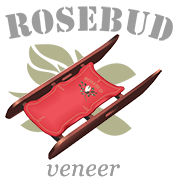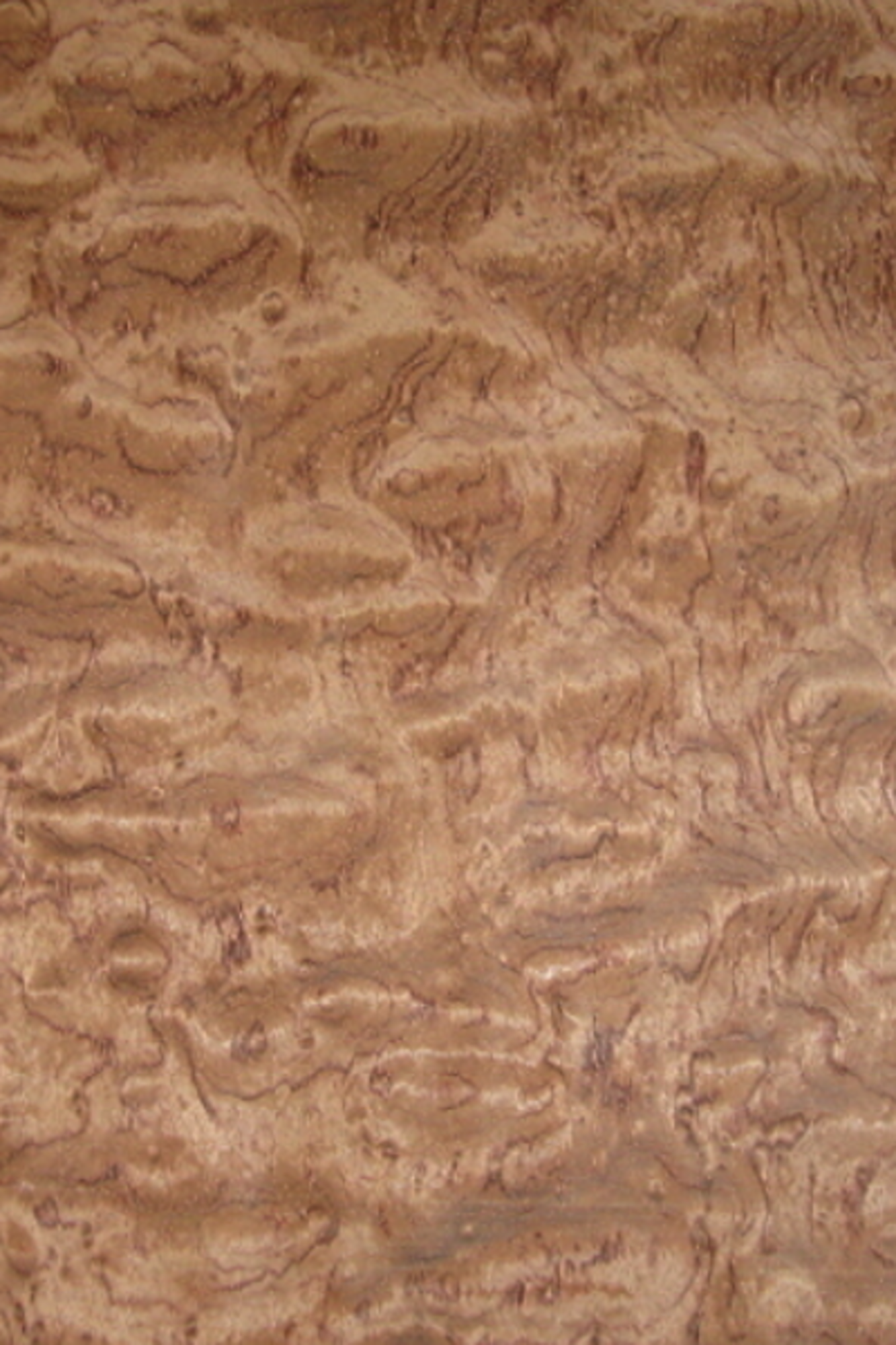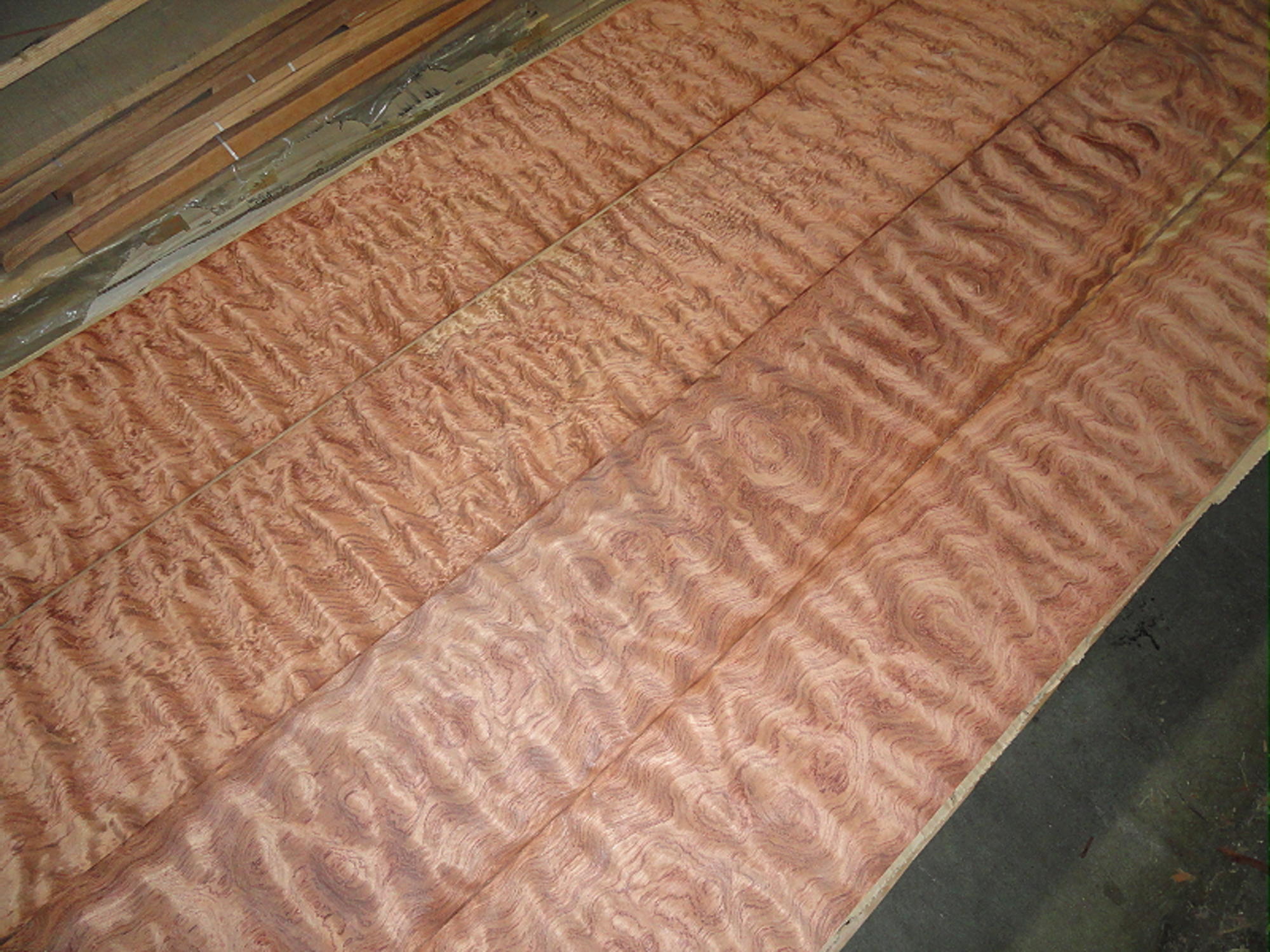Attention: Prices of Bubinga wood are on the rise as many African states are no longer permitting the trade of Bubinga logs.
Latin Name: Guibourtia spp. (G. demeusei, G. pellegriniana, G. tessmannii)
Common Name(s): Bubinga, Kevazingo
Sources: Equatorial Africa
|
Characteristics
|
Ranges from a pinkish red to a darker reddish brown with darker purple or black streaks. Sapwood is a pale straw color and is clearly demarcated from the heartwood. Bubinga is very frequently seen with a variety of figure, including: pommele, flamed, waterfall, quilted, mottled, etc. |
|
Grain/ Texture
|
Grain can be straight, interlocked, wavy, or anything in between. (Veneer sheets also exhibit a wide range of grain patterns.) Texture is medium to fine, with a good natural luster. |
|
Workability
|
Easy to work overall, though depending upon the species Bubinga can have silica present, which can prematurely dull cutting edges. Also, on pieces with figured or interlocking grain, tearout can occur during planing or other machining operations. Gluing can occasionally be problematic due to Bubinga’s high density and natural oils. Turns and finishes well. |
|
Uses
|
Veneer, inlays, fine furniture, cabinetry, turnings, and other specialty items. Since Bubinga trees can grow so large, natural-edge slabs of the wood have also been used in tabletops and other specialized projects. |
|
Availability
|
Should be moderately priced for an import. Figured grain patterns such as waterfall, pommele, etc. are likely to be much more expensive. |


